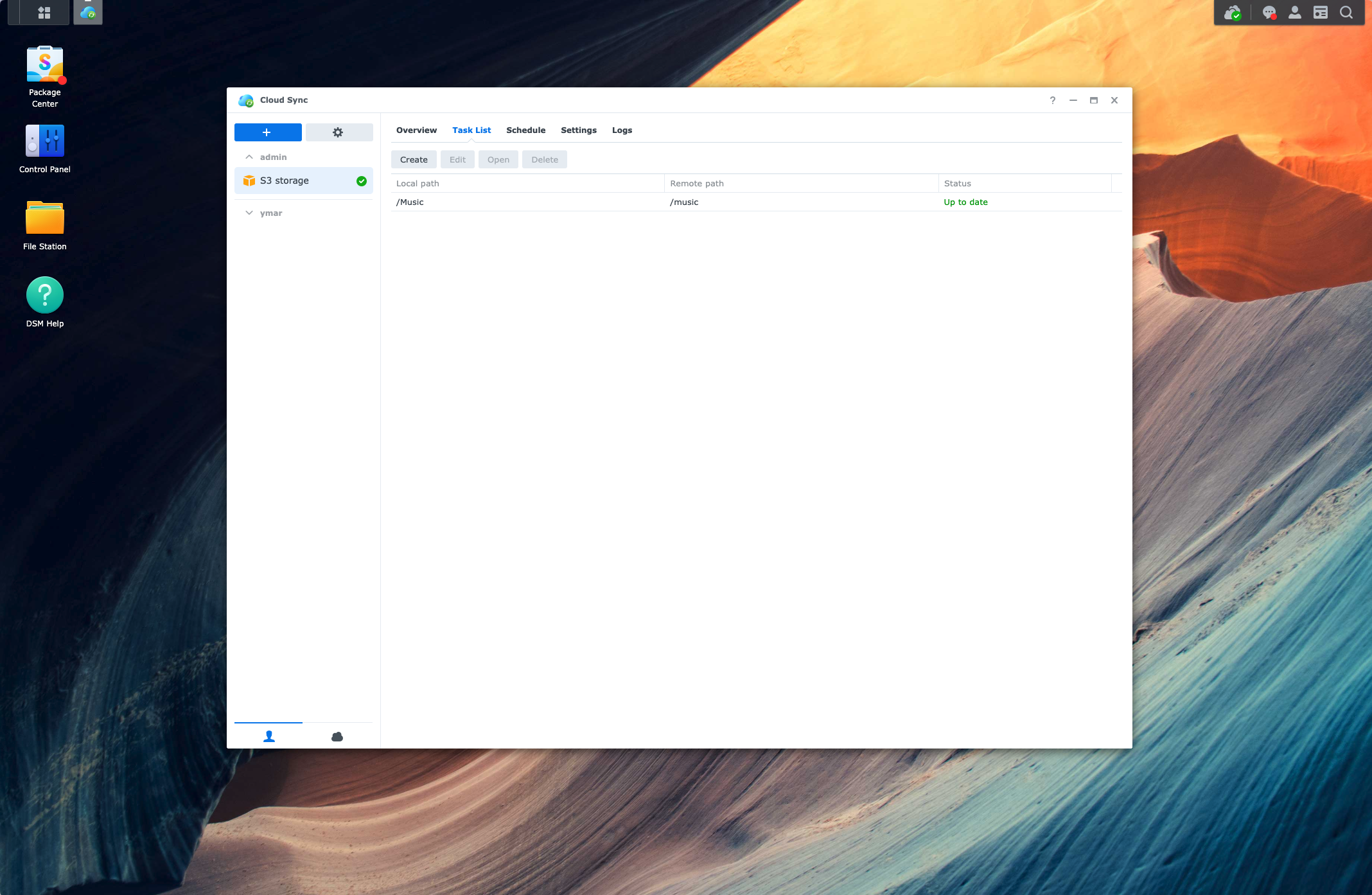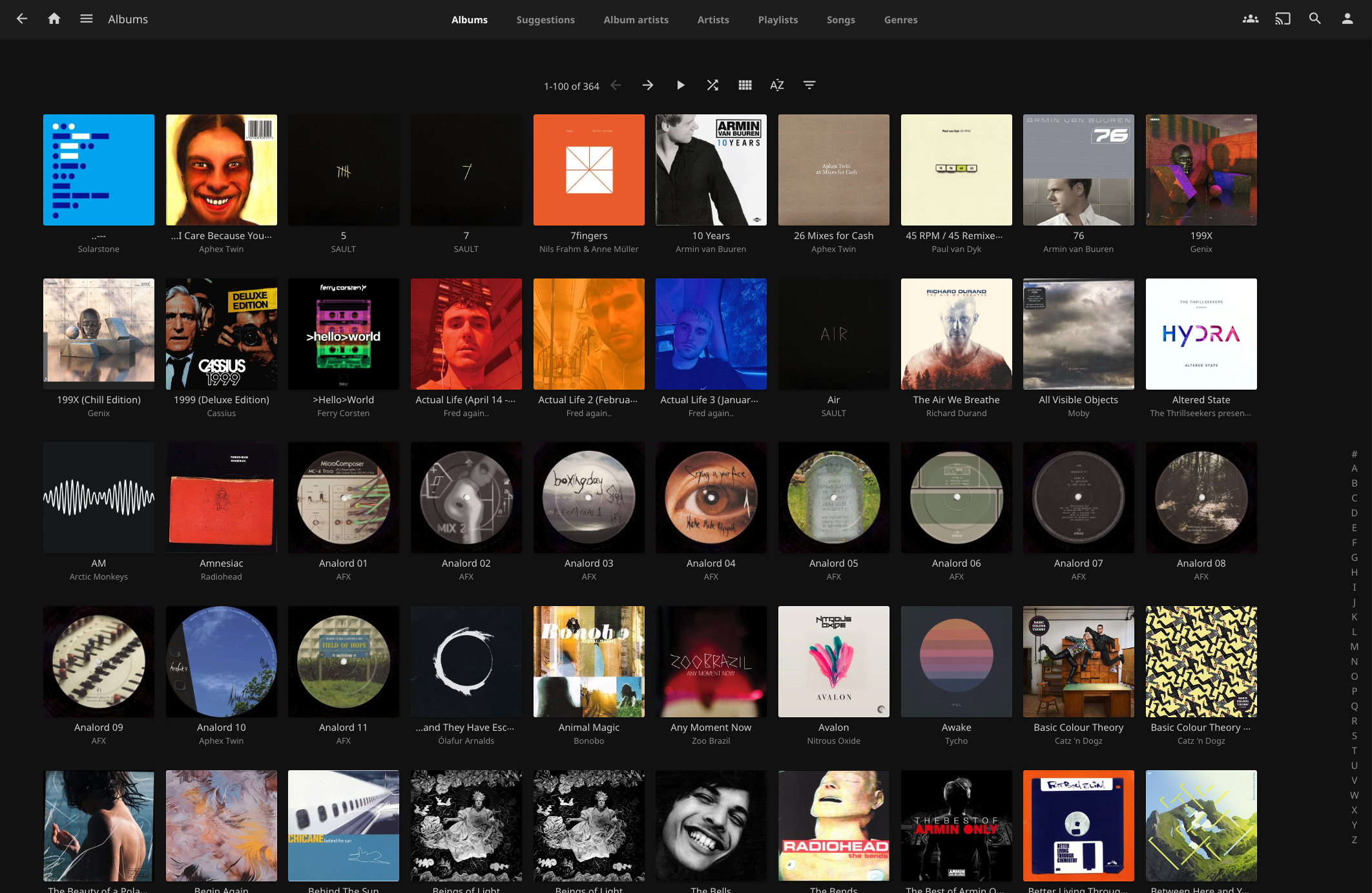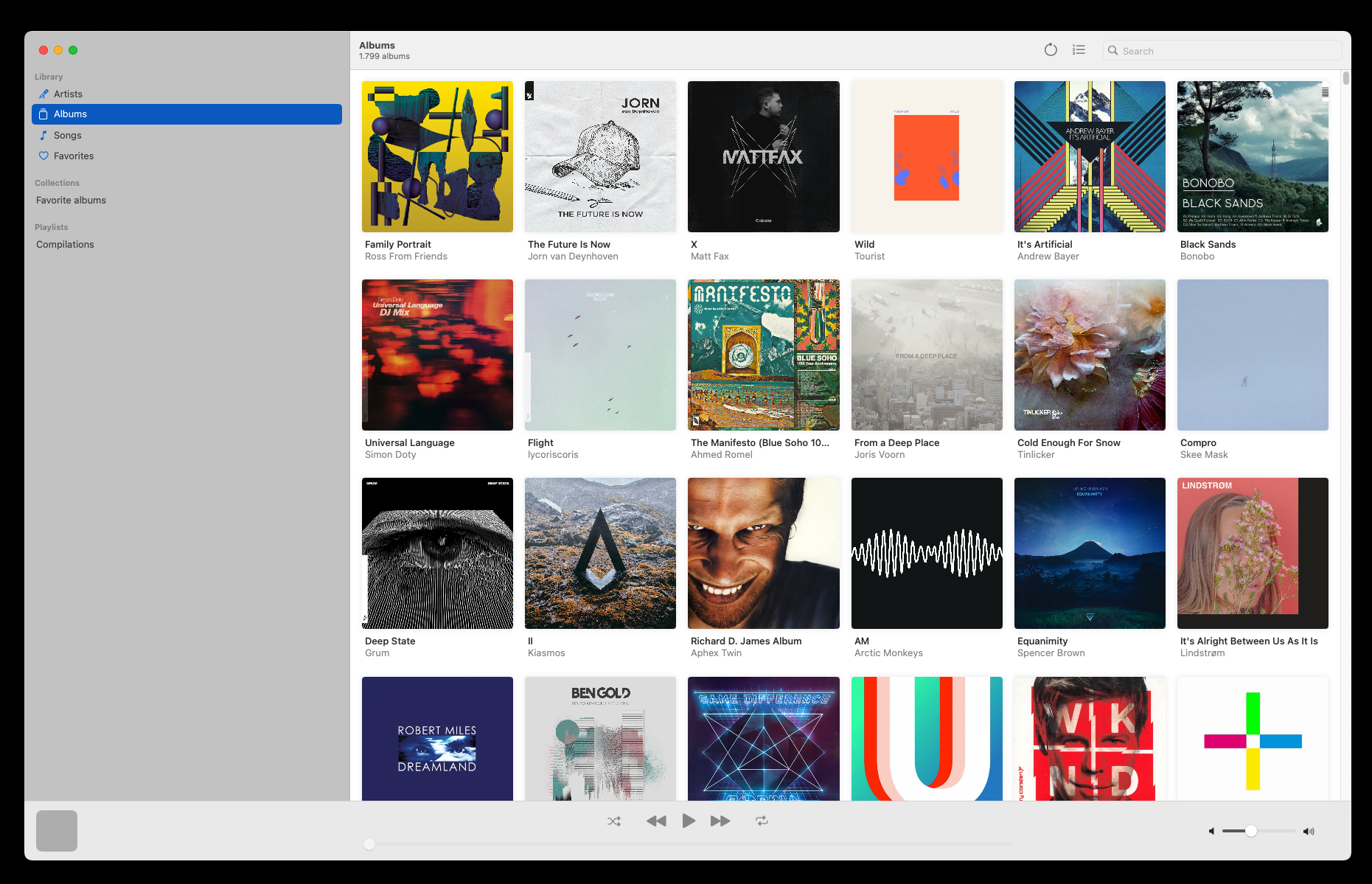With my Raspberry Pi being underpowered but also the latest pricing changes of Plex, I decided it was time to improve my Self-Hosted Music System. I went for a cloud based solution by using a Hetzner ARM VPS and their object storage service. Here’s how it works and why I chose this approach.
The Setup
-
Synology NAS: Primary storage for my music collection
-
Hetzner Object Storage: Cloud backup and streaming source
-
Hetzner ARM VPS: Runs all the services
-
Coolify: Handles deployment and management
Storage and Synchronization
I keep my music files on my Synology NAS at home, then use automated sync to mirror everything to Hetzner Object Storage. This gives me both local access and cloud availability.

The sync happens automatically using Synology’s built-in Cloud Sync tool, which supports S3-compatible storage. When I add new music to my NAS, it appears in my cloud storage shortly after.
This dual-storage approach gives me redundancy and flexibility - I can stream from home when there, or from Hetzner when away.
Core Components
Jellyfin serves as my media server, providing:
-
Library organization based on music metadata
-
Streaming to various devices
-
Transcoding when needed

Manet client on my Mac connects to the server and offers:
-
Media key support
-
Local caching for offline listening
-
Better performance than browser-based players

Implementation
Installation was straightforward. I deployed Coolify first, then used it to install and configure the other services. The object storage mounts to Jellyfin using S3FS, giving the server access to my music files without filling the VPS storage.
For daily use, I simply open Manet, browse my collection, and play. When away from home, Jellyfin’s web interface works from any device.
Benefits
This setup gives me complete control over my music library without monthly subscription fees. The total cost runs about €10/month for both the VPS and storage, which is less than most streaming services while offering more flexibility.
The system is reliable enough for daily use but requires occasional maintenance when updates are released.